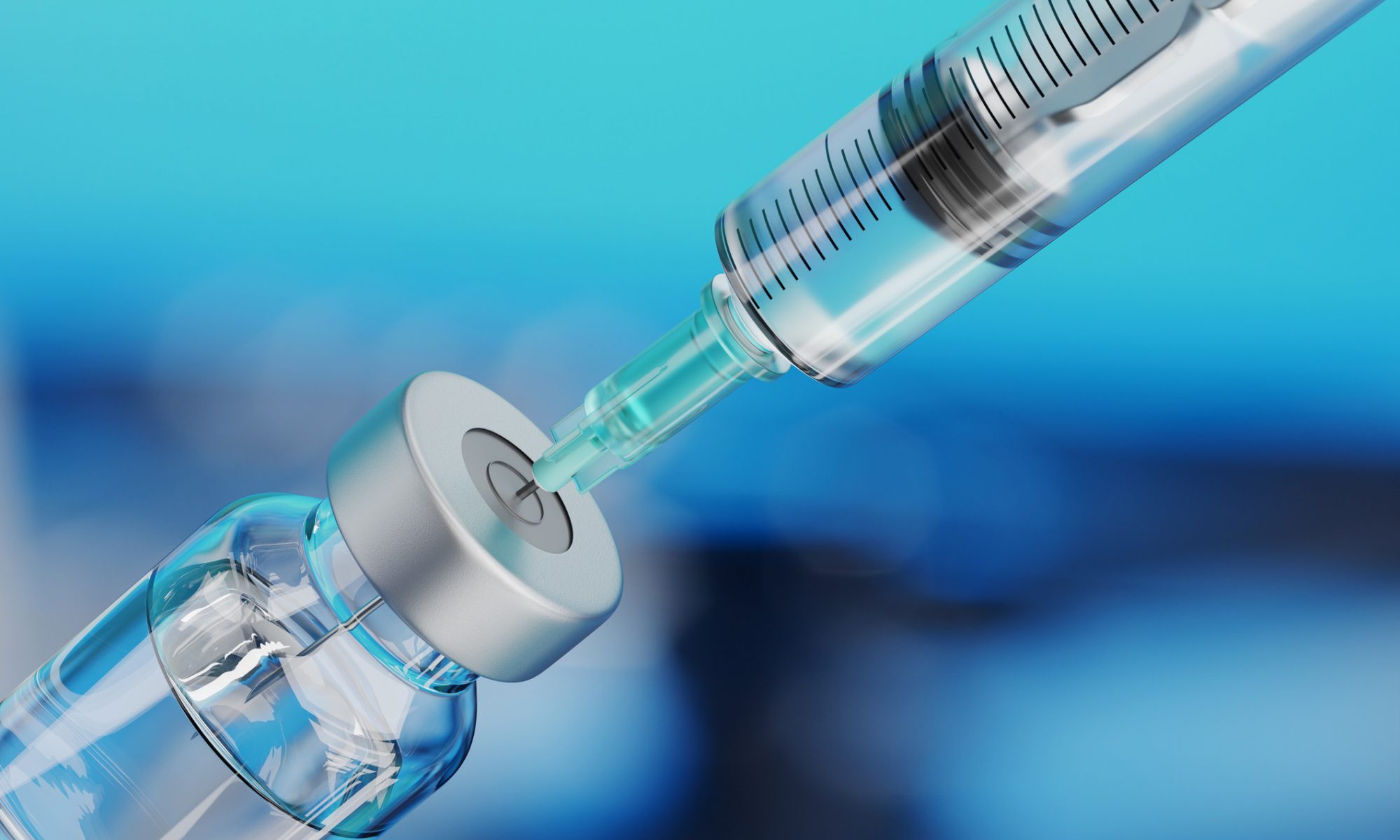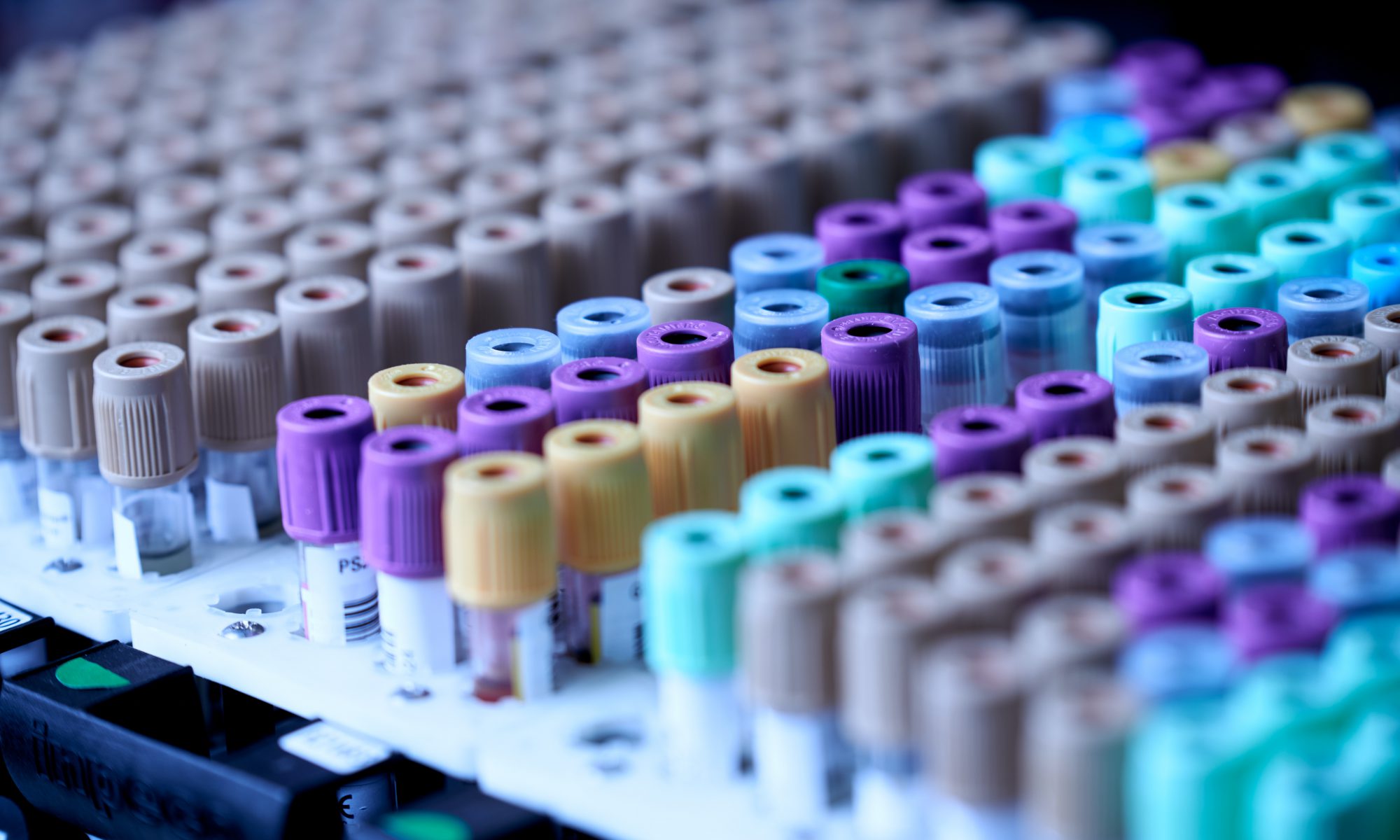An antibiotic stewardship program led to fewer Clostridioides difficile (C. diff) tests ordered for solid organ transplant recipients without impacting the negative test rate, a retrospective study found.
Compared with a pre-intervention period, C. diff toxin test orders dropped 47% after a diagnostic stewardship program was enacted (median 18 vs 8.5 processed orders per quarter, respectively, P=0.038), reported Michael Kueht, MD, of the University of Texas Medical Branch in Galveston, and colleagues, writing in Transplantation Proceedings.
Read the full story here.








